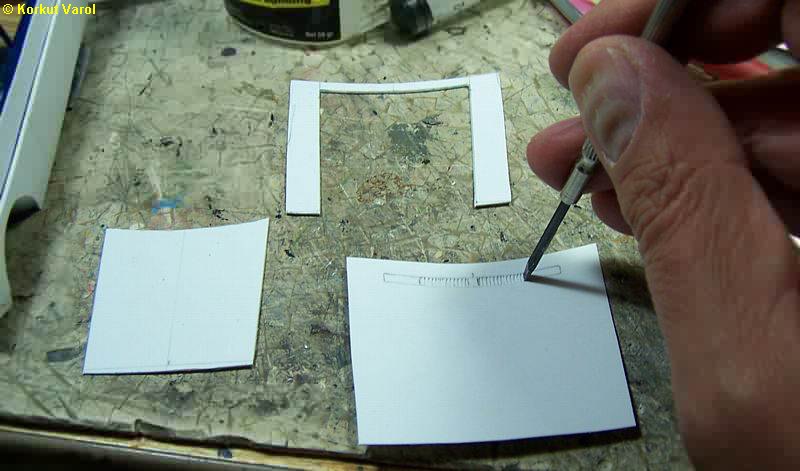 |
The First Mass-production Car of Turkey |
 |
|
Scale
: 1/24
Started:
16 August 2008
Finished:
24 March 2010
Page 1 of 4
 |
The First Mass-production Car of Turkey |
 |
|
Scale
: 1/24
Started:
16 August 2008
Finished:
24 March 2010
Page 1 of 4
Anadol was Turkey's first domestic mass-production passenger vehicle, and the second Turkish car after a prototypical 5-off produced Devrim.
Anadol cars and pick-ups were manufactured by Otosan Otomobil Sanayii in Istanbul between 1966 and 1991.
Seven Anadol models were produced:
A1 (1966-1975), A2 (1970-1981), STC-16 (1973-1975), SV-1600 (1973-1982), Böcek (1975-1977), A8-16 (1981-1984) and Otosan 500 Pick-Up (1971-1991).
Production of the Anadol passenger cars was discontinued in 1986, while the production of the Otosan 500 Pick-Up continued until 1991. At present, Otosan builds Ford Motor Company's passenger cars and commercial vehicles, which are exported to numerous countries in the world, particularly to the European Union member states.
The Anadol A1, code named FW5 by Reliant which developed the prototype upon Anadol's request, went into production on 19 December 1966. The styling of the A1 was by Tom Karen of Ogle Design.
Production of the A1 started with the 1200 cc Cortina engine, but in October 1968 it was replaced with the relatively stronger 1300 cc Kent engine. In 1969 the dashboard gauges were updated with a new design and their positions were changed, while the ergonomics of the steering wheel was improved. In 1970 the two round headlamps at front were replaced with rectangular headlamps, a new transmission system was introduced, and the bumpers were changed. In 1971 the interior of the roof was covered with vinyl, in accordance with the fashion of that period. The design essentially remained this way until April 1972.
In 1971 a special model of the A1 was developed in dedication to the Mediterranean Games in Izmir, called the Akdeniz (Mediterranean). Anadol Akdeniz was like a prelude of the new model which arrived in 1972, and had bumpers which were integrated to the shape of the bodywork, a different front grille, rectangular headlamps with white signal lamps, and different rear lights. The interior of the car was also completely changed, with a new dashboard, new seats and new finishing materials. Starting from 1972, this model became the standard coupé of Anadol until its production was stopped in 1975.
The 5-seat body was built from fibre glass and affixed to an H-frame chassis. The Anadol was originally only available as a coupé, but in late 1973 was joined by a saloon (sedan) and an estate version. The chassis had independent front suspension utilizing coil springs and leaf springs on a live axle for the rear. Brakes were disc in the front and drum in the rear. The steering system initially was a recirculating ball mechanism, replaced by a rack-and-pinion system in 1970.
Anadol A1 was also the first Turkish rally car, and Anadol Ralli Takimi (ART) became the first Turkish rally team. The first official rally in Turkey, the 1968 Trakya (Thrace) Rally, was won by the famous duo of Anadol A1 pilots, Renç Koçibey and Demir Bükey. Other famous Anadol A1 rally pilots included Iskender Atakan, Claude (Klod) Nahum, Mete Oktar, Sükrü Okçu and Serdar Bostanci. Famous rally driver Romolo Marcopoli was also an A1 fan.
Still in 1968, another Turkish driver, Iskender Aruoba, participated in the 30,000 km Africa-Asia-Europe Tour, which lasted 8 months, with his Anadol A1.




16
August 2008:


I glued all the layers together to form the upper front part.


06 May 2009:
I cut the rear
window and boot parts
and glued them in place. I made the boot lid as a separate part to
eliminate
scribing later.


After glueing and a bit sanding, the rear begins to look better...










 ..................
..................